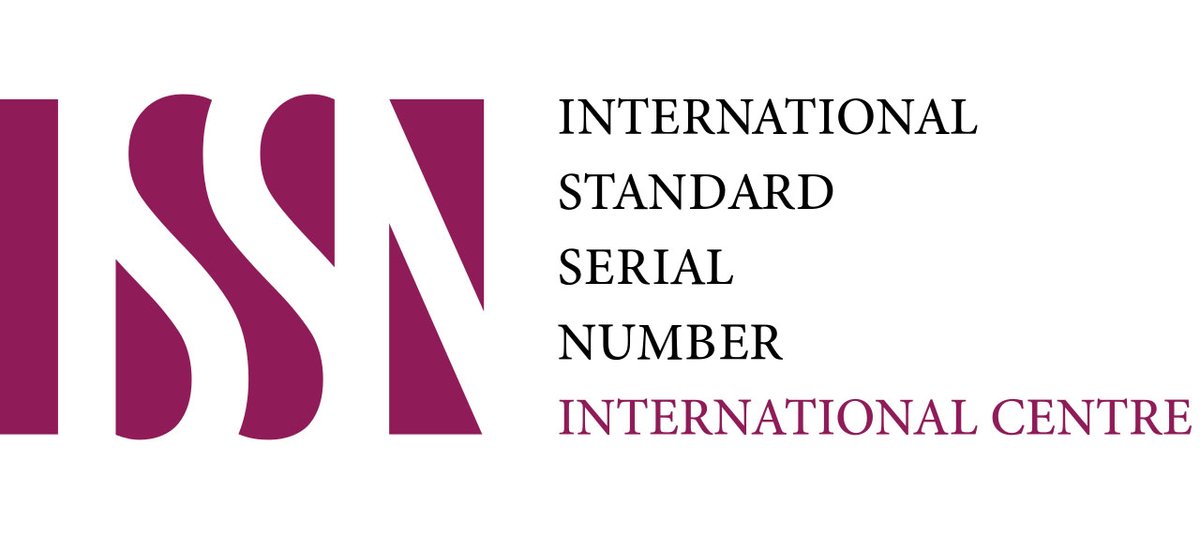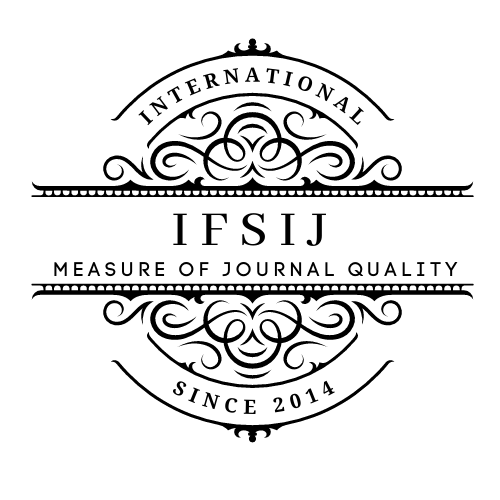RHETORIC IN MEDICAL COMMUNICATION: A COMPARATIVE ANALYSIS OF ENGLISH AND UZBEK DOCTORS SPEECH
Keywords:
Rhetoric, Doctor-patient communication, Ethos, Pathos, Logos, English doctors, Uzbek doctors, Cultural differences, Medical communication, Cross-cultural healthcare, Empathy, Authority in communication, Emotional appeals, Logical reasoning, Individualism vs. collectivism.Abstract
The article, Rhetoric in Medical Communication: A Comparative Analysis of English and Uzbek Doctors’ Speech, explores the critical role of rhetoric in doctor-patient interactions across two distinct cultural contexts. It examines how English and Uzbek doctors use rhetorical strategies—ethos (credibility), pathos (emotional appeal), and logos (logical reasoning)—to communicate effectively and persuade patients. English doctors are shown to prioritize empathy, logical explanations, and patient collaboration, reflecting individualistic cultural values. Examples include the use of metaphors to simplify complex concepts and evidence-based reasoning to support treatment plans. Conversely, Uzbek doctors adopt an authoritative tone and appeal to family values and emotional connections, aligning with the collectivistic norms of Uzbek culture. Their communication emphasizes trust in the doctor’s expertise and direct instructions. The article also highlights the implications of these rhetorical differences for cross-cultural medical communication. It suggests that English doctors working in Uzbekistan might benefit from incorporating emotional appeals, while Uzbek doctors practicing abroad could adopt more collaborative and data-driven approaches. This comparative analysis emphasizes the importance of adapting communication styles to cultural and linguistic contexts, ultimately enhancing patient care and outcomes in diverse settings. The article is a valuable resource for medical professionals, linguists, and students studying rhetoric and intercultural communication.
Downloads
Published
Issue
Section
License

This work is licensed under a Creative Commons Attribution-NonCommercial-NoDerivatives 4.0 International License.















